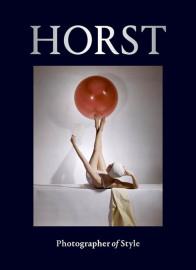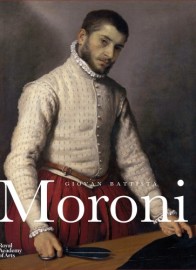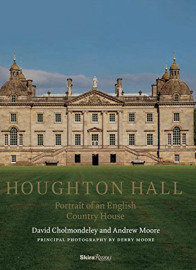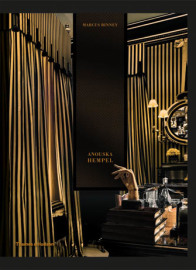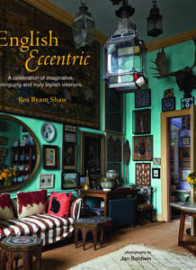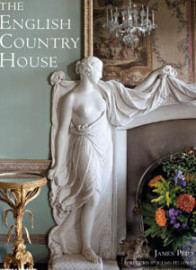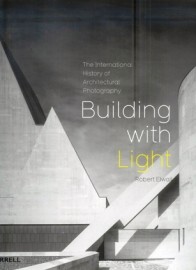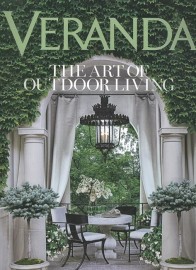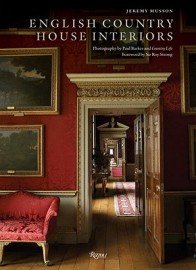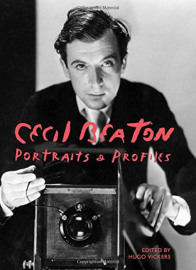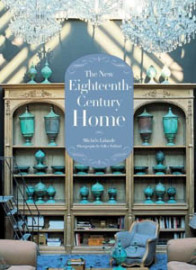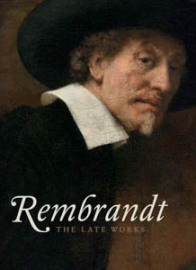The EY Exhibition: Late Turner – Painting Set Free
For the first time an exhibition examines the innovative, energetic and prolific late period of Turner’s life (1835 – 1851). The Tate Britain exhibition displays Turner’s work from the age of 60 until his mid 70s, during which period he produced a body of work that was signally dissimilar to those of any of his contemporaries, particularly with his use of brushwork and a somewhat ethereal or “formless” style – in the words of his many disparaging contemporary critics. Increasingly reclusive and plagued by ill health, Turner nevertheless travelled extensively in this later period, and it was his visits to Switzerland (at least five times) and also Venice that produced such a strong impact in the work of this period.
Tate Britain entitles this exhibition ‘Painting Set Free’ but doesn’t state free from what. The obvious conclusion is free from mimetic conventions and therefore presaging modernity, but tellingly this is never overtly stated. No wonder, as it’s not that straightforward! The historicist pitfalls of overstating Turner’s modernness are very tempting when you look at many of these canvasses; and a few decades ago many of his works were rashly presented as early abstraction when they were simply unfinished.
The difficulty is that Turner leant as far backwards as he did forwards. On the one hand he continues to reference classical mythology as subject matter (albeit half heatedly) even when it was no longer considered fashionable to do so, and he carries on doing so until the very end. Bear in mind however that Marx was publishing his Communist Manifesto in 1848, reflecting the radical changes in the economic, political and cultural environment following on from the French and Industrial Revolutions. So gods, angels and classical capriccios are not exactly at the thumping heart of the zeitgeist!
On the other hand Turner’s life altering obsession with Claude’s sunset on a romantic capriccio, which he endlessly developed and reworked (and one can’t help feeling sometimes that his whole career was founded on this single obsession), appears to lead him to almost shed narrative and form or render it of secondary importance. A train hurtling through the ether is identifiable, but only just; mythological or religious subject matter is present, yet clearly secondary to his overriding concerns with the ethereal and prismatic effect of air and water on light; ‘Tinted mist’ as Constable called it, and how very different from Constable, who is all about earthiness and solidity even when his subjects are clouds and skies!
The fact is that no other contemporary was quite so radical. I can therefore see why Tate Britain is tempting us to draw the conclusion that Turner presages an incipient modernity (both Impressionism and abstraction) – even if it doesn’t have the courage of it’s own convictions. In the best of his work, Turner has relegated and sometimes very nearly expunged narrative, form and meaning in favour of dazzling and powerful light, colour and texture.
It isn’t surprising if he appears somewhat conflicted in his oscillation between ‘formlessness’ and conventional practices, when one remembers that several times Turner lost important commissions because hesitant collectors were eventually swayed by criticisms of his increasing indifference to form. Even Ruskin who had once described Turner as “the greatest of the age”, couldn’t understand or accept his increasing departure from convention and abandoned him as lost by the end. Perhaps with an eye on legacy Turner was never entirely free of the tyranny of critics and exhibitions. But it was perhaps easy to dismiss work that was so different and so difficult to read as the product of waning faculties or even senility. Thanks to this exhibition however, that has assembled pictures from both the UK and abroad, we can see that Turner was experimenting even more radically with only a slight regard for conventions. The result was the production of some of his finest work, both in oil and watercolour, that witnesses a painting style that was perhaps, well… Very nearly set free.
___________________________________________
The EY Exhibition: Late Turner – Painting Set Free is at Tate Britain (untill January 25 2015)









